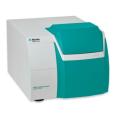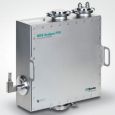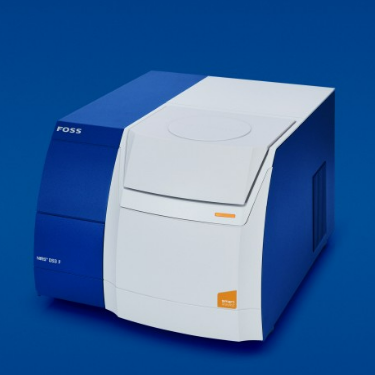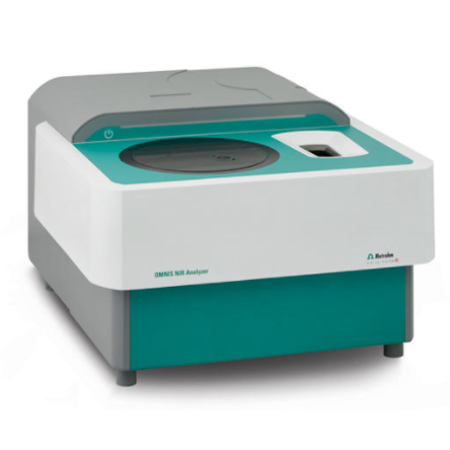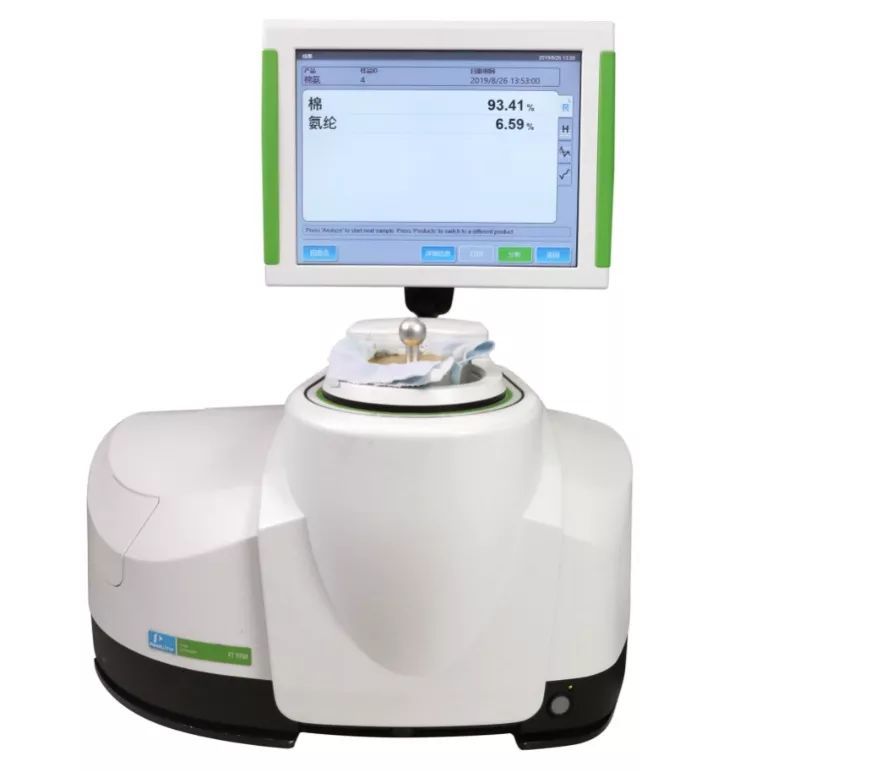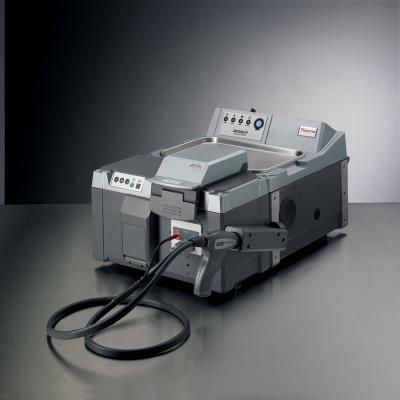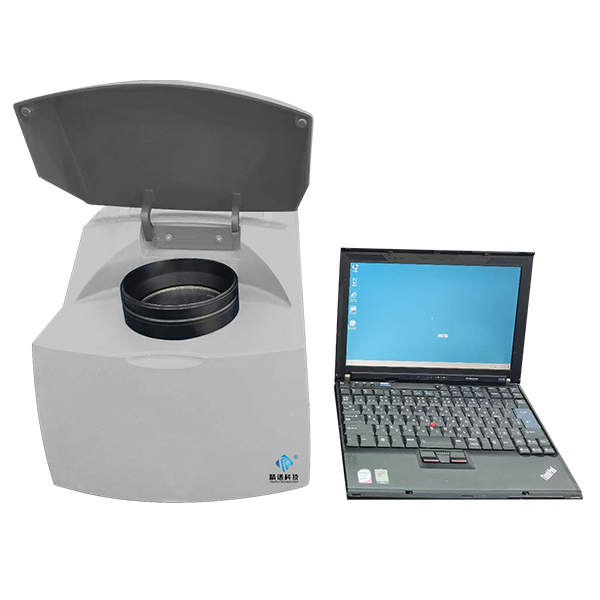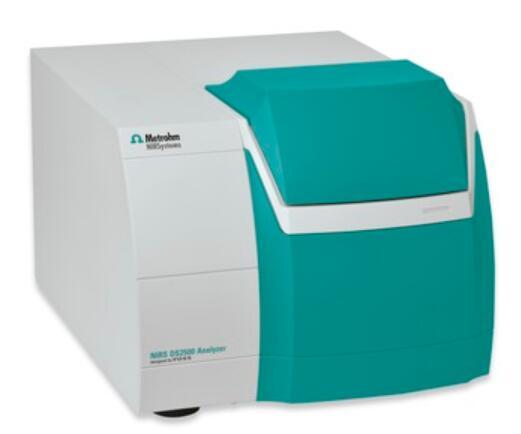
方案详情
文
2013年,Metrohm收购Foss NIRSystems Inc.公司,以Metrohm-NIRSystems作为近红外产品品牌开始进军光谱领域,在工业领域开始与Foss公司进行全球战略合作。Metrohm-NIRSystems为客户提供实验室型、旁线以及在线近红外解决方案。 XDS系列近红外产品是新一代的光栅型扫描近红外分析仪,采用基于偏移技术数字全息光栅系统,其对应的NIIST可追溯的标准和方法保证了每台仪器的光度计,波长和带宽等重要技术参数的高度一致,保证了仪器之间定标模型无缝转移并且可实现网络控制操作。基于XDS近红外分析技术,Metrohm-NIRSystems开发了一系列新一代的过程分析仪,用于制药和化工领域的实时分析。样品无需破损、测试精确等优点都在加工过程、搅拌器、干燥器、反应器等不同阶段的检测中得到了体现。XDS近红外在线分析仪典型的应用案例包括炼油厂、石化企业、聚合过程、原料药的溶媒保护等的反应监测和终点判断,以及压缩聚合物薄膜或包衣的分析。
方案详情

Near-Infrared Spectroscopy Application Note NIR-6 Near-infrared analysis of polyols This Application Note describes a fast, nondestructive, and reliable NIRSmethod for the determination of the hydroxyl number in polyols. Resultsare available in real-time, for which reason NIRS is highly suited forin-process quality control. Second-derivative spectra and linear least-squares regression provided hydroxyl numbers that comply with thoseobtained by titration. Introduction Polyols are long chain, liquid polymers, which can beproduced from the polymerization of organic oxides(e.g., ethylene oxide, propylene oxide). Polyols are usedin many manufacturing processes to form polymericmaterials such as polyurethanes, which as a foam areused for cushioning and packaging, automobile seats, inhousehold furniture, etc. The end use for the materialsproduced using polyols are dependent on the molecularweight of the polyols used. Molecular weight is inverselyrelated to the number of hydroxyl end groups present ina given amount of polyol. Hydroxyl number (number ofhydroxyl end groups per gram of sample) is the typicalmeasure for determination of molecular weight forpolyols. The laboratory analysis involves a titration of thehydroxyl end groups, which is relatively time consuming.Near-infrared spectroscopy offers quick,nondestructive method of determining the hydroxylnumber in polyols. The analysis is performed in a matterof minutes on the whole sample without any samplepreparation or modification. Experimental Samples of polypropylene glycol, ranging in hydroxylnumber from 26 to 280 were used in this analysis. TheNIR spectra were measured in transmission using a FOSSModel e6500)spectrophotometerfrom 1100 to2500 nm. Since this instrument is not available anymore,the NIRS XDS Transmission Optiprobe Analyzer withsample heater or the NIRS XDS RapidLiquid Analyzer isrecommended. The samples were placed into 4 mmquartz cuvettes for this analysis, and the temperaturewas held at 32 ± 0.1 ℃ since the hydroxyl band istemperature sensitive. Sample scans were generatedfrom 32 co-added scans for each sample and referencedagainst 32 scans of air. Results and discussion The absorbance (log 1/T) spectra for the polyol samplesare shown in Figure 1. The variation of the O-Hcombination band near 2070 nm and that of the firstO-H overtone near 1460 nm are clearly evident fromthis figure. Figure 2 shows the second derivative spectrafor these samples, which was calculated to compensatefor any baseline variations which often occur inanalyzing 《real world》 samples. Figure 1Polypropylene Glycol Figure 22nd Der. Polypropylene Glycol It is observed in Figure 2 that variation near 2070(hydroxyl combination band) and at 1460 nm (hydroxylovertone band) are increasing with increasing hydroxylnumber. To demonstrate the ability to (quantitate hydroxynumber by NIR, a linear least-squares regression wasperformed, using the second derivative spectra and theknown hydroxyl numbers for each sample. A model wasdeveloped at 2070 nm, yielding a correlation (R) of0.999 and a standard error of calibration (SEC) of 4.20OH#S. Figure 3 shows the scatterplot of NIR-calculated versuslaboratory-reported results. Method description Figure 3Lab vs. Calculated Percents Table 1: Typical measurements for polyols and polyolsderivatives Hydroxylnumber Primary hydroxyl number Secondary hydroxyl number EO/PO Ratio Residual oxides Moisture Ester-based polyols Acid number Hydroxyl number Moisture Substituted polyols Primary amines Secondary amines Polyurethanes Isocyanate levels Hydroxyl number The NIR results agree to within 5 hydroxyl numbers ofthe lab data . The achievable error by the NIR analysis islimited by the accuracy of the lab analysis, which forsamples with hydroxylyl numbers in the hundreds istypically about ±5. To increase the accuracy for those samples below 100hydroxyl numbers (which have better accuracy in the labanalyses) a separate calibration equation for thesesamples is developed. Conclusions NIR spectroscopy can be used to accurately and rapidlydetermine the hydroxyl number in polyols. Other NIRmeasurements of interest for polyol manufacturers arepolyols made from propylene and ethylene oxides,resulting in a《mixed polyols》. NIR has successfullyanalyzed the hydroxyl number in mixed polyols, as wellas the amount of primary hydroxyl (attached to anethylene unit on the polyol) and secondary hydroxyl (ona propylene unit) groups. The methyl substitution rating of the polymer backbonecan be determined using the ratio of methyl absorption(due to the propylene portion), to that of methyleneabsorptions (due to both ethylene andpropyleneportions of the polymer). Other successful NIR analyses include moisture, residualoxide, and primary and secondary amine levels insubstituted polyols. NIR therefore appears to be uniquely suited foranalyzing the hydroxyl end groups of polyols (both formolecular weight information, as well as differentiationof the type of end group) and characterization of thebackbone of the polyol. The analysis requires no samplehandling, temperature correction or compensation. Anumber of analytical parameters can be monitoredresulting in better control of the process of producingthese materials. co
确定
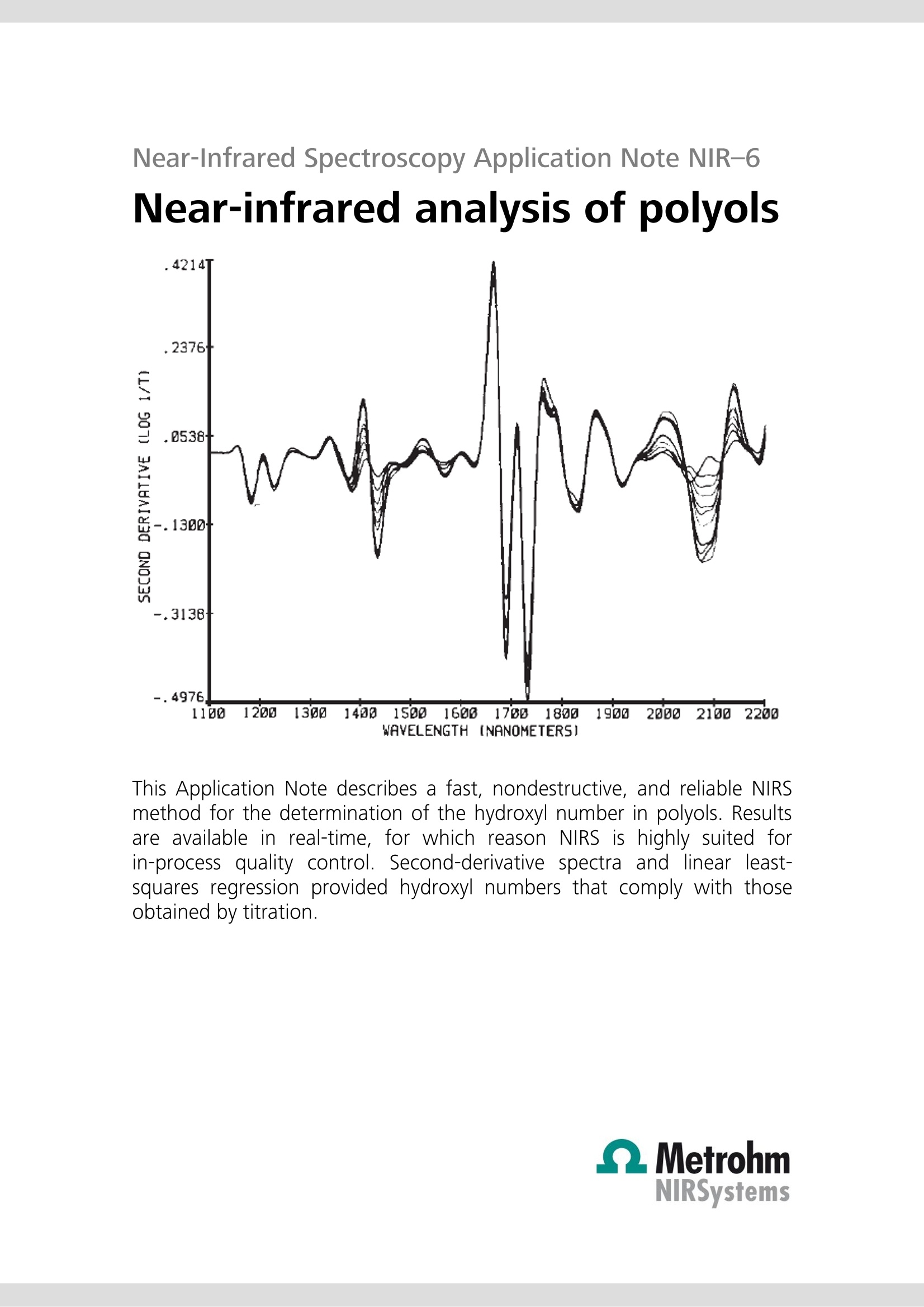
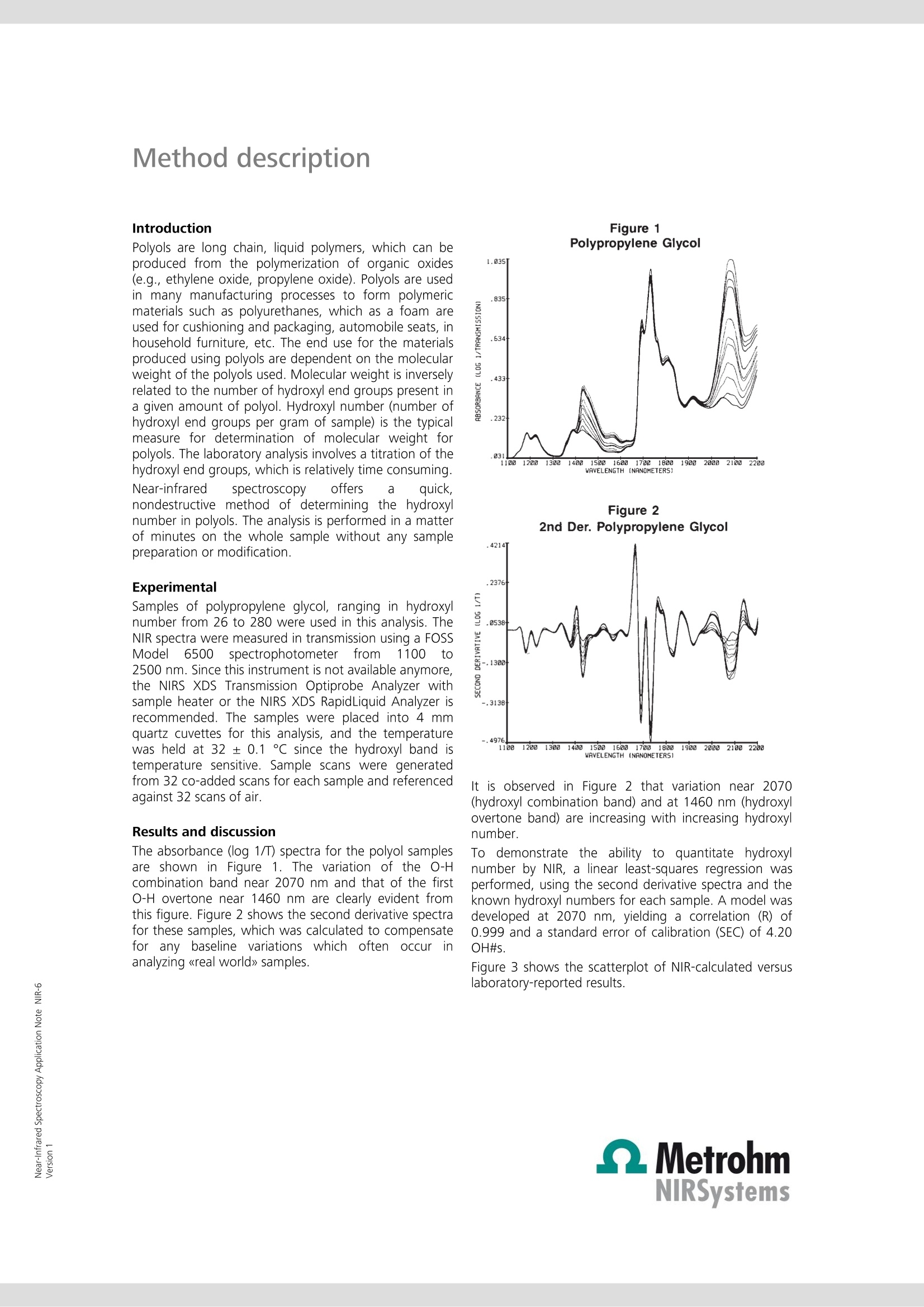

还剩1页未读,是否继续阅读?
瑞士万通中国有限公司为您提供《采用近红外技术测定多元醇的羟值》,该方案主要用于其他中--检测,参考标准--,《采用近红外技术测定多元醇的羟值》用到的仪器有瑞士万通DS2500 近红外光谱分析仪、瑞士万通PRO 近红外在线分析仪
推荐专场
相关方案
更多
该厂商其他方案
更多









